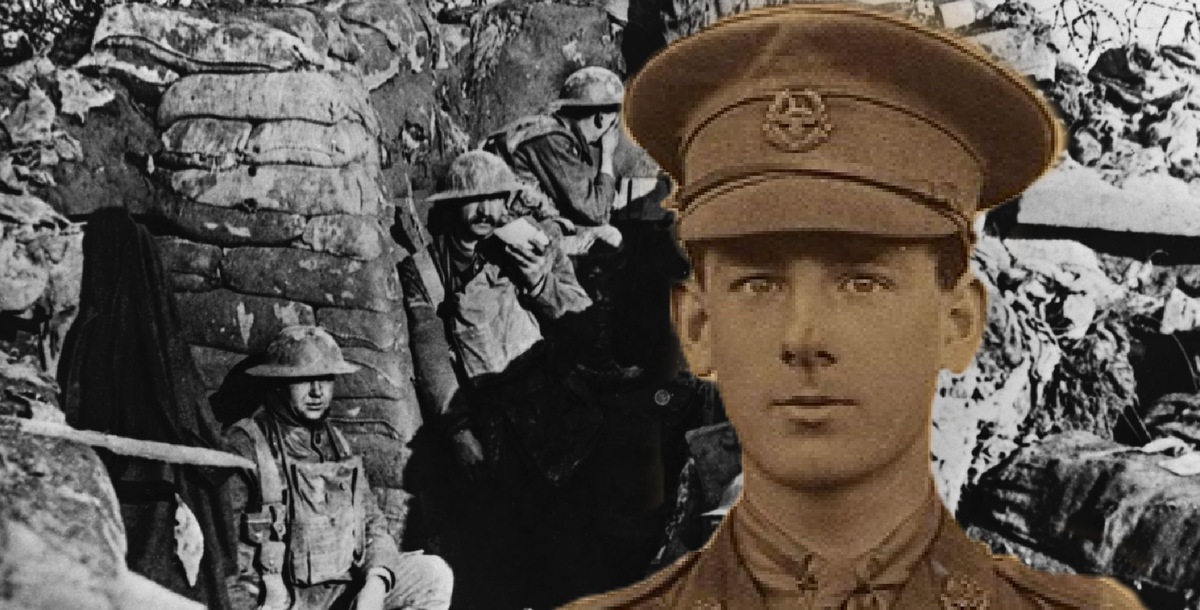It is a well-documented fact that many underage boys, some as young as 13, fought in the trenches of the First World War. Usually, these boys enlisted as privates and stayed at that rank for the rest of the war – or, rather, for however long they managed to survive before either being killed or discovered and sent home to their parents.
However, a few of these boys became officers. Amazingly enough, Reginald St John Beardsworth Battersby, who enlisted in the British Army at the tender age of 14, ended up becoming a lieutenant at the age of 15, leading his men over the top at 16.
Furthermore, despite having his leg amputated, he insisted on continuing his service, which he did with the aid of an artificial leg.
Reginald St John Beardsworth Battersby was born in Manchester in February 1900. He was the second child of Reverend Walter Battersby, a prominent local vicar. Reginald Battersby’s mother died when he was still a child, and the Reverend raised the children alone.
However, Reginald did not get on with his father. The outbreak of the First World War in 1914 and the subsequent call for volunteers to fight provided a perfect opportunity for him to escape a situation he saw as intolerable. So, he ran away from home to join the British Army.
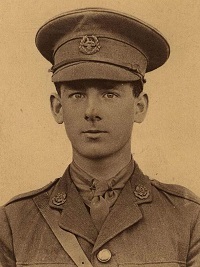
While he was a few weeks away from turning 15 when he enlisted, he knew that this was still many years shy of the age limit for the army. Battersby thus claimed that he was 19 and had been working as a draper.
Record-keeping and birth certificates were not nearly as meticulous in 1914 as they are these days. Furthermore, the eagerness of army recruiters to bend the rules and earn their commission ensured that Battersby had no trouble getting in, despite his young age.
He took well to army life from the outset. He joined the 14th Battalion of the Manchester Regiment and within weeks had been promoted to lance-corporal.
Of course, being a runaway had its consequences. His father soon found out where his son had absconded to. However, instead of pulling him out of the army, the Reverend decided that if this was his son’s choice, then he would help the boy make the most of it.
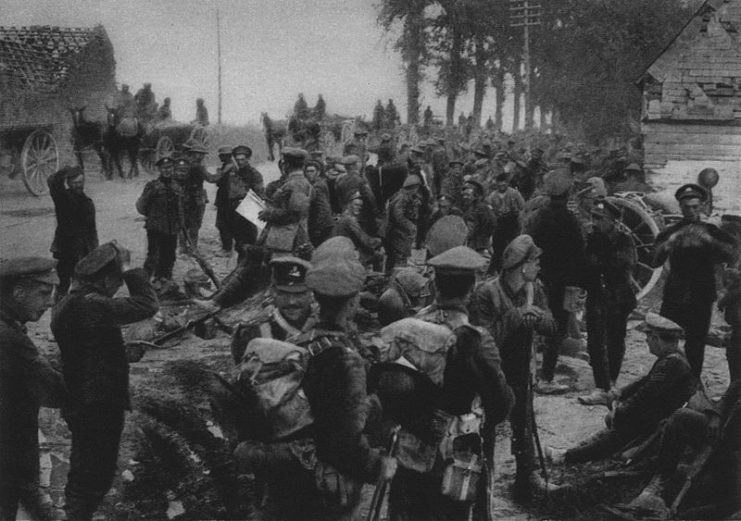
Using his own clout as a prominent vicar, and enlisting the aid of his son’s former headmaster as well as the Lord Mayor of Manchester, he petitioned the British Army to give Reginald an officer’s commission. His request was successful, and Reginald Battersby was commissioned as a second lieutenant at age 15 in May 1915.
This commission made him the youngest British officer of the First World War.
After completing officer’s training, Battersby was deployed to France in April 1916 with the 11th (Service) Battalion (Accrington) of the East Lancashire Regiment, which was also known as “the Accrington Pals.” He and his men served in the trenches.
On one occasion, when raiding German trenches, Battersby was captured by German troops but escaped by throwing pepper into his captor’s eyes.
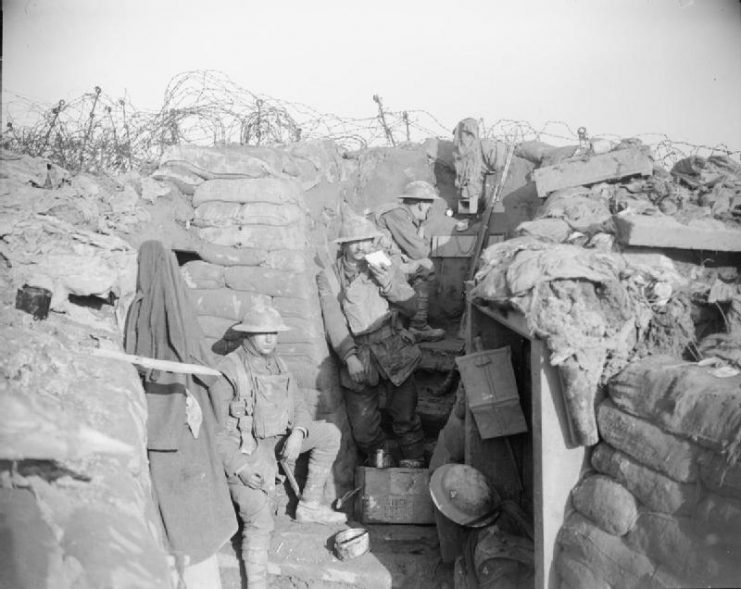
On the first day of the Somme Offensive (July 1st, 1916), Battersby led a 60-man platoon over the top, charging across No-Man’s-Land toward the opposing German trenches at Serre. He was hit by German machine gun fire shortly after leading the charge. Having fallen close to the British trench, he was dragged to safety before the Germans could finish him off.
He spent a month back in England recovering from his wound, after which time he returned to his battalion. By then, it had lost almost 75 percent of its members in the fierce fighting at the Battle of the Somme.
He and his men continued to occupy the British trenches opposite Serre but were unable to make much progress in advancing the British line. On March 7th, 1917, he and some other British officers were meeting under a bridge that crossed the British trenches when the bridge took a direct hit from a German shell.
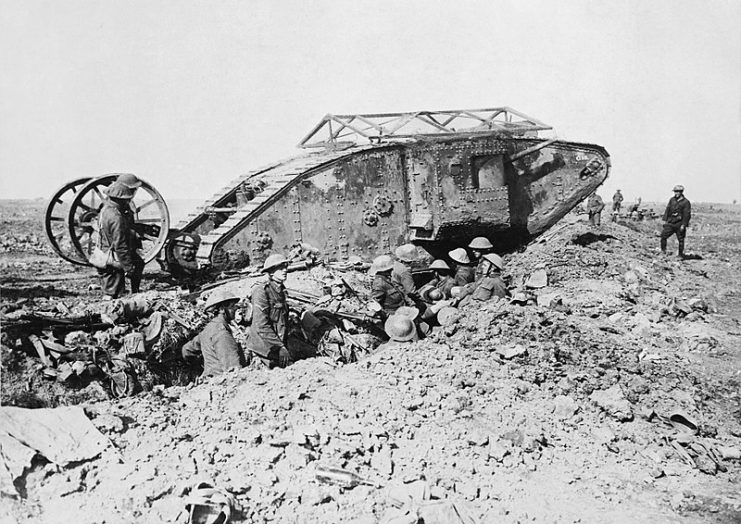
All of the officers were either killed or wounded. Battersby was one of those who survived, but his left leg took a severe hit from shrapnel resulting from the blast. He was evacuated to the Number One Hospital in Étretat, where his leg was amputated.
He was sent back to England and received a promotion to lieutenant. However, the British Army informed him that due to his injury, he should relinquish his commission and return to civilian life. Battersby refused to do this, stating that if he could be fitted with an artificial leg, he could return to the trenches and fight.
The Army arranged for him to be fitted with a prosthetic leg. After some rehabilitation work with this new artificial limb, he was pronounced fit for service in March 1918.
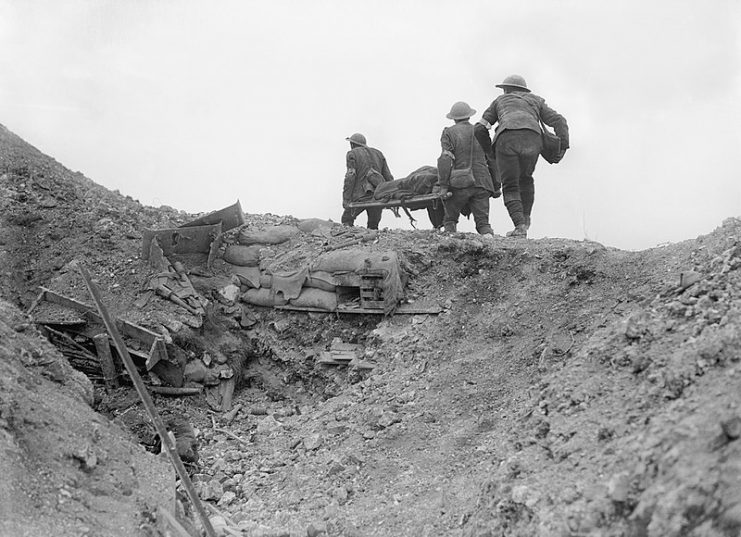
The Army, however, was not about to send him back to the trenches with a prosthetic leg, so Battersby served out the rest of the war with the Royal Engineers Record Office Transportation Branch.
Battersby remained with them after the war was over, only resigning his officer’s commission and returning to civilian life in 1920. Despite the fact that he had not finished school, having dropped out to join the army, he was allowed to enter King’s College in London, where he studied theology.
In 1928, he was ordained as a priest of the Church of England and became the vicar of Chittoe in 1933. During WW2 he served as a chaplain to the Royal Marines and later volunteered for the Civil Defence Corps.
He passed away peacefully in 1977 and was buried in his churchyard in Chittoe.
